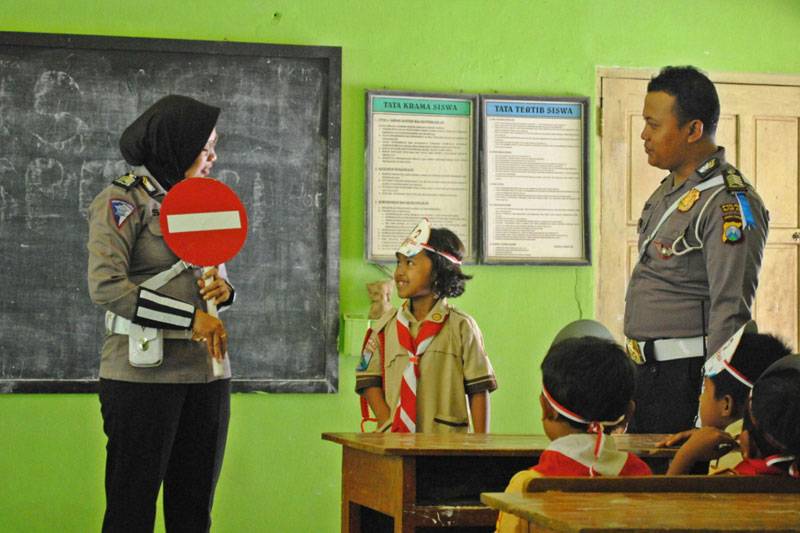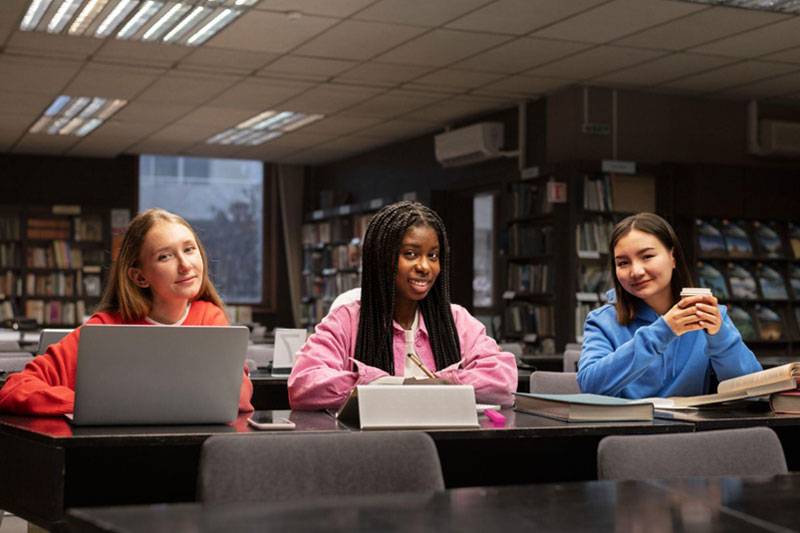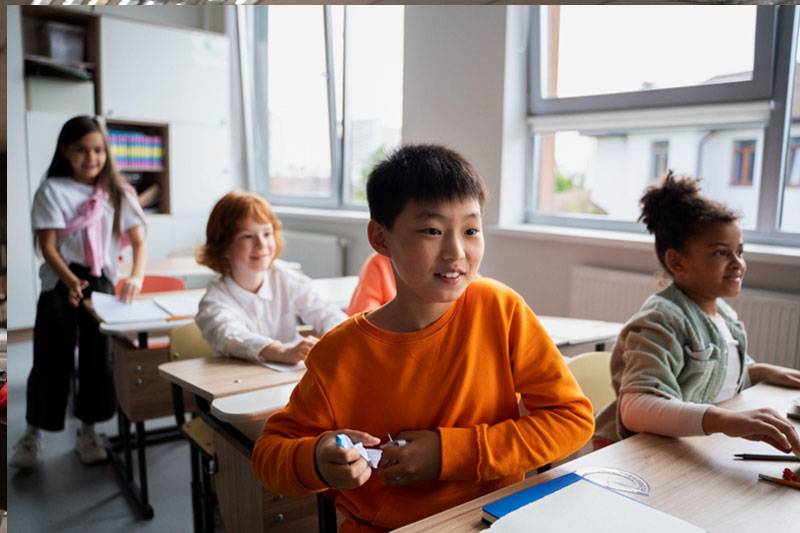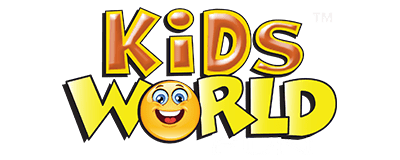Transforming Education: How Modern Teaching Approaches Create Engaged, Safe, and Successful Learners
Walk into any classroom today and you’ll see something remarkable happening. Students aren’t just sitting in rows memorizing facts anymore. They’re collaborating on projects, solving real-world problems, and learning in ways that actually stick. The transformation of education over the past decade has been nothing short of revolutionary, driven by a deeper understanding of how children learn best and what they need to succeed in an increasingly complex world.
But this transformation isn’t just about new technology or trendy teaching methods. It’s about recognizing that effective education requires three fundamental elements: engagement that makes learning meaningful, safety that allows students to take risks and grow, and quality that ensures every educational experience meets the highest standards. When these elements come together, something magical happens – students don’t just learn, they thrive.
The most successful educational environments today are those that have figured out how to balance innovation with proven practices, creativity with structure, and individual needs with collective goals. They understand that learning happens best when students feel safe, engaged, and supported by educators who are committed to excellence in every aspect of their practice.
Let’s explore how modern educational approaches are reshaping the way we think about teaching, learning, and student success.
The Evolution of Student Engagement
Gone are the days when engagement meant simply keeping students quiet and attentive. Today’s educators understand that true engagement involves active participation, emotional investment, and personal connection to the learning material. This shift represents one of the most significant changes in educational philosophy over the past generation.
The science behind engagement is compelling. When students are actively involved in their learning, their brains form stronger neural pathways, retention improves dramatically, and they develop critical thinking skills that serve them far beyond the classroom. But achieving this level of engagement requires more than just making lessons “fun” – it requires creating learning experiences that are relevant, challenging, and personally meaningful.
One of the most effective strategies involves connecting academic concepts to students’ lived experiences and interests. When abstract mathematical concepts are applied to real-world situations that students care about, learning becomes more than just memorization – it becomes discovery. This approach works across all subjects and age groups, but it’s particularly powerful during periods when students might otherwise disengage from academic content.
Seasonal learning opportunities provide excellent examples of this principle in action. Rather than treating holidays and special occasions as interruptions to learning, innovative educators use these occasions as launching points for deeper exploration. Students remain naturally excited about these celebrations, and when academic content is woven into seasonal activities, engagement soars.
This is where resources like easter math activities for middle school become invaluable tools for educators. These activities capitalize on students’ natural enthusiasm for seasonal celebrations while reinforcing essential mathematical concepts. Middle school students, who can be particularly challenging to engage, often respond enthusiastically to learning opportunities that feel more like celebrations than traditional lessons.
The key is ensuring that the academic content remains rigorous and meaningful while being presented in ways that capture student interest and imagination. When done well, themed learning activities can address multiple learning objectives while creating positive associations with academic content that last long after the season has passed.

Building Safe and Supportive Learning Environments
While engagement captures students’ attention, safety creates the foundation that allows real learning to occur. Educational safety encompasses far more than just physical security – it includes emotional safety, psychological well-being, and the creation of environments where students feel comfortable taking academic risks and making mistakes.
The research on learning environments is clear: students perform best when they feel safe, supported, and valued. This safety allows them to ask questions without fear of ridicule, attempt challenging problems without worrying about failure, and express their ideas without concern about judgment. Creating these conditions requires intentional effort from educators and administrators who understand that safety isn’t just about following rules – it’s about creating culture.
Effective safety measures in educational settings go beyond traditional discipline policies to encompass comprehensive approaches that help students develop self-awareness, emotional regulation, and healthy relationship skills. These approaches recognize that students can’t learn effectively when they’re worried about their safety, dealing with trauma, or struggling with social-emotional challenges that haven’t been addressed.
Modern educational institutions are increasingly recognizing the importance of implementing comprehensive safety programs that address both prevention and response. These programs help students develop the skills they need to recognize potentially dangerous situations, seek help when needed, and support their peers who might be struggling.
This is where specialized training in areas like protective behaviours becomes essential for educators and school staff. These evidence-based approaches help adults create environments where students feel empowered to speak up about concerns, know how to seek help, and develop the resilience skills they need to navigate challenging situations.
Protective behaviours programs don’t just focus on stranger danger or obvious threats. They help students develop critical thinking skills about relationships, recognize warning signs in various situations, and build the confidence to trust their instincts and seek support when something doesn’t feel right. These skills serve students throughout their lives, extending far beyond their school years.
The most effective programs integrate these concepts naturally into the school culture rather than treating them as separate, one-time presentations. When safety concepts are woven into daily interactions, classroom discussions, and school policies, students internalize these lessons in ways that create lasting impact.

The Foundation of Educational Quality
Creating engaging, safe learning environments is meaningless without a commitment to educational quality that ensures every program, resource, and initiative meets the highest standards. Quality in education isn’t accidental – it requires systematic approaches to development, implementation, and continuous improvement that hold every aspect of the educational experience accountable to evidence-based standards.
The challenge facing modern educational institutions is navigating an increasingly complex landscape of educational options, resources, and requirements while maintaining focus on what truly matters for student success. With so many programs, technologies, and methodologies available, it’s easy to get distracted by trends rather than focusing on approaches that have been rigorously tested and proven effective.
This is where educational accreditation and quality assurance become crucial for maintaining standards and ensuring accountability. Reputable institutions understand that quality isn’t just about good intentions – it’s about demonstrating measurable outcomes, following evidence-based practices, and submitting to external review processes that verify claims about effectiveness.
Organizations like the Australian institute of accreditation play vital roles in maintaining educational standards by providing rigorous evaluation processes that ensure programs meet established criteria for quality, effectiveness, and student outcomes. These accreditation processes don’t just validate existing programs – they drive continuous improvement by requiring institutions to demonstrate ongoing commitment to excellence.
The accreditation process involves comprehensive review of curriculum design, teaching methodologies, student support services, assessment practices, and outcomes measurement. This thorough evaluation ensures that students and families can make informed decisions about educational options while holding institutions accountable for the quality of their offerings.
Quality assurance extends beyond formal accreditation to include ongoing professional development for educators, regular curriculum review and updates, systematic assessment of student progress, and responsive adjustment of programs based on evidence and feedback. The best educational institutions view quality as an ongoing journey rather than a destination.
When students are enrolled in accredited programs, they benefit from the peace of mind that comes with knowing their education meets established standards while also having access to resources and support systems that have been verified by independent evaluators. This quality foundation supports both immediate learning success and long-term educational and career goals.

The Integration of Technology and Traditional Methods
One of the most significant challenges facing modern educators is determining how to effectively integrate technology into learning experiences without losing the human elements that make education meaningful. The most successful approaches don’t view technology as a replacement for traditional teaching methods, but rather as tools that can enhance and extend learning opportunities when used thoughtfully.
Technology can certainly make learning more engaging and accessible, but it’s most effective when it serves clear educational purposes rather than being used simply for the sake of innovation. The best educational technologies are those that solve real problems, address specific learning needs, or create opportunities that wouldn’t otherwise exist.
For example, digital platforms can provide personalized learning experiences that adapt to individual student needs, offering additional practice for struggling learners while providing enrichment opportunities for those ready for greater challenges. Online resources can connect students with experts, experiences, and information that wouldn’t be available in traditional classroom settings.
However, technology integration must be balanced with recognition that human connection, face-to-face interaction, and hands-on experiences remain essential components of effective education. Students still need opportunities to develop interpersonal skills, work collaboratively in physical spaces, and engage with materials in tactile ways that screen-based learning can’t replicate.
The most successful educational programs use technology strategically, choosing digital tools that genuinely enhance learning while maintaining emphasis on the human relationships and direct experiences that form the foundation of meaningful education.
Professional Development and Educator Growth
Behind every effective educational program are educators who are committed to continuous learning and professional growth. The rapidly changing educational landscape requires teachers, administrators, and support staff to regularly update their skills, learn new methodologies, and stay current with research and best practices.
Professional development in education today goes far beyond traditional workshop attendance to include collaborative learning communities, peer observation and feedback, action research projects, and participation in professional networks that extend learning opportunities throughout the year. The most effective programs are those that treat educator development as an ongoing process rather than an annual requirement.
Quality professional development programs focus on practical skills that can be immediately implemented in educational settings while also building deeper understanding of learning theory, student development, and evidence-based practices. They provide opportunities for educators to reflect on their practice, experiment with new approaches, and share their experiences with colleagues.
The investment in educator development pays dividends in improved student outcomes, increased job satisfaction among staff, and stronger school cultures that support both learning and growth. When educators feel supported in their professional growth, they’re better equipped to create the engaging, safe, and high-quality learning environments that students need to succeed.

Assessment and Feedback in Modern Education
Traditional approaches to assessment often focused primarily on measuring what students had memorized rather than evaluating their ability to apply knowledge, think critically, or solve complex problems. Modern assessment practices recognize that effective evaluation should provide meaningful feedback that supports learning rather than simply ranking students.
The shift toward formative assessment – ongoing evaluation that informs instruction rather than just measuring final outcomes – represents one of the most important changes in educational practice. When students receive regular, specific feedback about their progress, they can adjust their learning strategies and focus their efforts more effectively.
Effective assessment also recognizes that students demonstrate their learning in different ways and that multiple measures provide more accurate pictures of student achievement than single test scores. Portfolio assessments, project-based evaluations, peer assessments, and self-reflection opportunities all contribute to more comprehensive understanding of student progress.
The goal of modern assessment is not to sort students into categories but to provide information that helps both educators and learners make informed decisions about next steps in the learning process. This approach supports the growth mindset that encourages students to view challenges as opportunities for development rather than threats to their self-concept.
Community Connections and Real-World Learning
Education becomes more meaningful when it connects to the world beyond the classroom walls. Students benefit enormously from learning opportunities that help them see the relevance of their education to their lives, communities, and future goals. These connections help bridge the gap between academic learning and practical application.
Community partnerships can provide authentic learning experiences that give students opportunities to apply their knowledge in real-world contexts while also contributing to their communities. Whether through service learning projects, internships, mentorship programs, or collaborative research initiatives, these partnerships enrich education while building valuable relationships.
The most effective community connections are those that create mutual benefit – students gain authentic learning experiences while community partners receive valuable support and fresh perspectives. These relationships often lead to ongoing collaborations that strengthen both educational institutions and the communities they serve.
When students see how their learning connects to real-world challenges and opportunities, they develop deeper understanding of both the content they’re studying and their own potential to make meaningful contributions to the world around them.
Supporting Diverse Learning Needs
Modern educational approaches recognize that students bring diverse backgrounds, learning styles, abilities, and needs to the classroom. Effective education requires flexibility and responsiveness that ensures all students have opportunities to succeed rather than expecting all students to learn in identical ways.
Universal design for learning principles guide the development of educational experiences that are accessible to students with varying needs from the outset rather than requiring after-the-fact accommodations. This approach benefits all students by providing multiple ways to access information, demonstrate learning, and engage with content.
Supporting diverse learning needs also requires understanding and addressing the various factors that influence student success, including cultural background, language development, socioeconomic factors, and individual learning differences. The most inclusive educational environments are those that view diversity as an asset that enriches the learning experience for everyone.

The transformation of education continues to evolve as we learn more about how students learn best and what they need to succeed in an increasingly complex world. The most successful educational environments are those that combine engaging learning experiences with comprehensive safety measures and unwavering commitment to quality. These elements work together to create educational experiences that don’t just prepare students for tests – they prepare them for life.
The key to continued success lies in maintaining focus on what truly matters: creating learning environments where every student feels valued, supported, and challenged to reach their full potential. This requires ongoing commitment from educators, families, and communities who understand that quality education is one of the most important investments we can make in our collective future.
When we get this right – when we create educational experiences that are engaging, safe, and of the highest quality – we don’t just improve test scores. We develop confident, capable, and caring individuals who are prepared to tackle the challenges and opportunities that lie ahead. That’s the true measure of educational success, and it’s a goal worth every effort we invest in achieving it.
